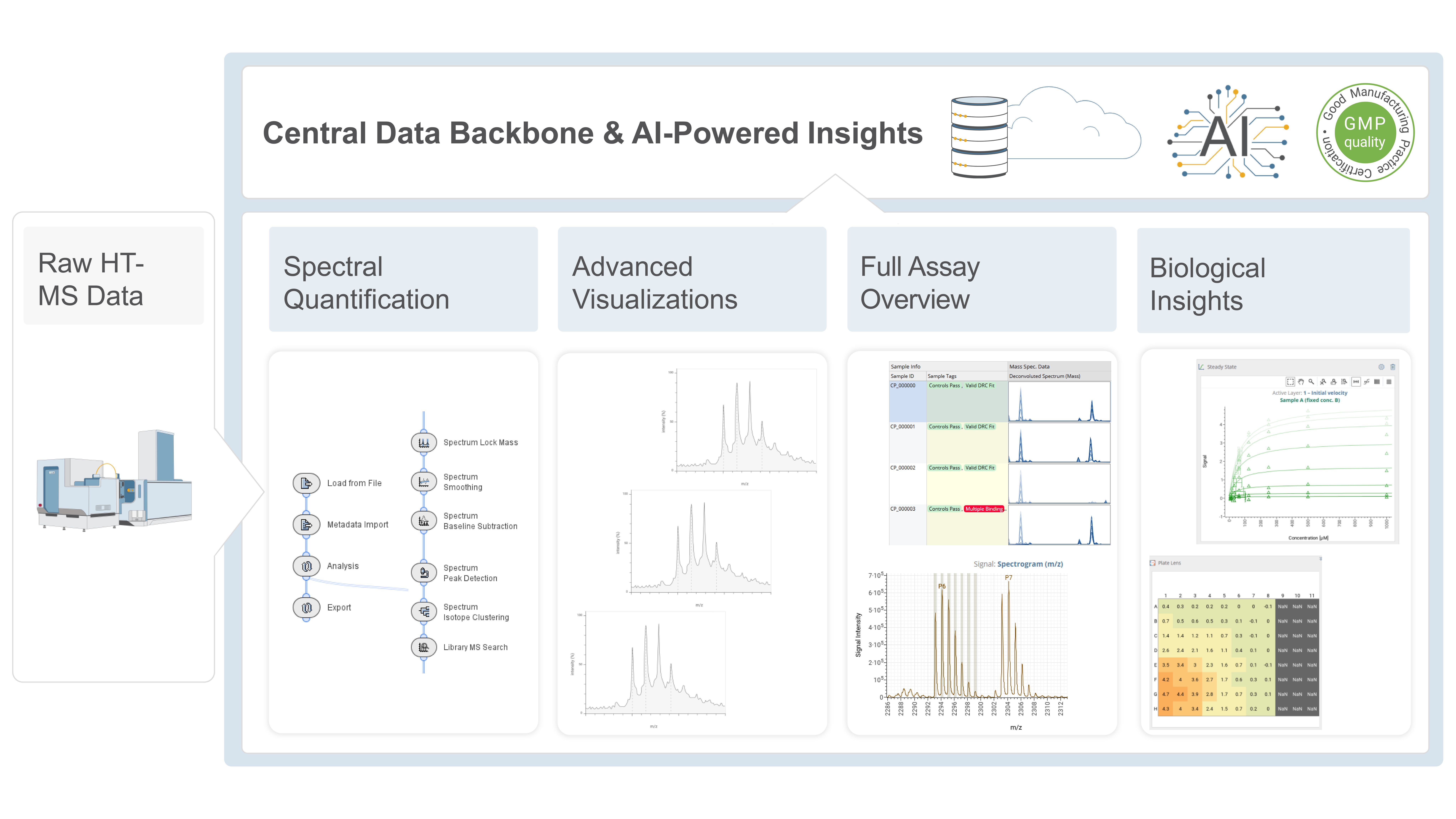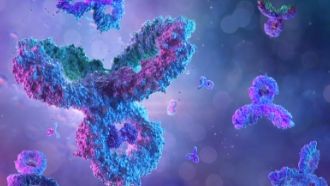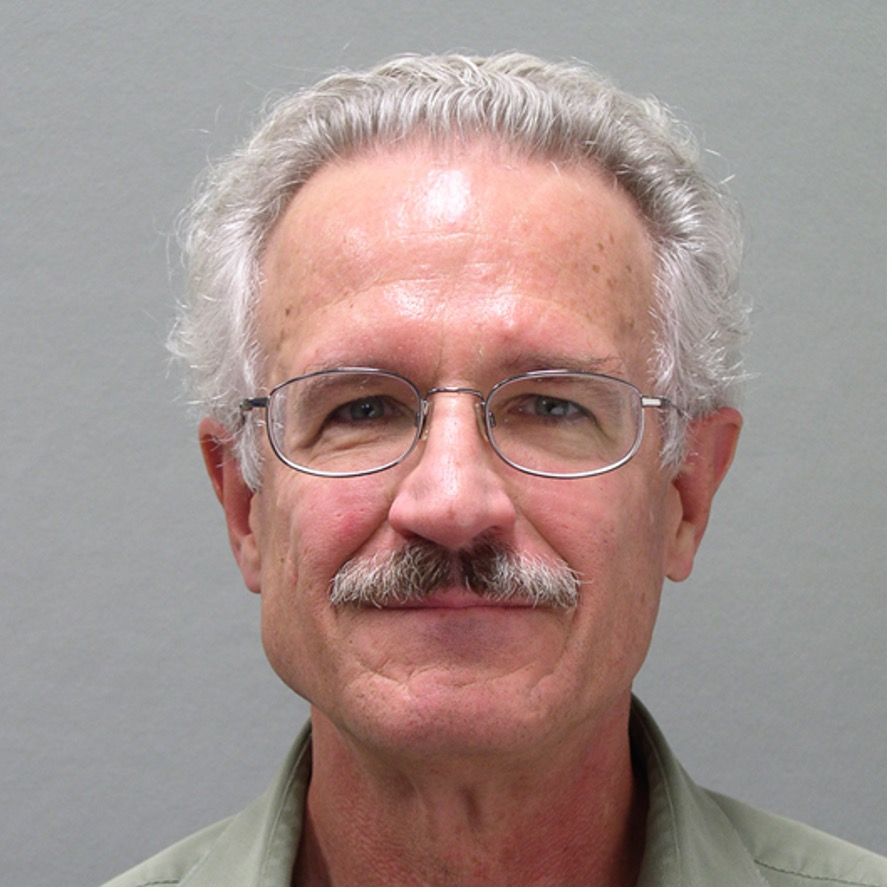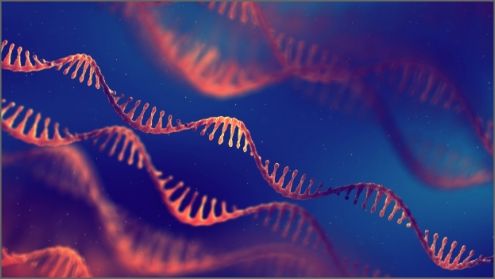
Mass Spectrometry
Latest News
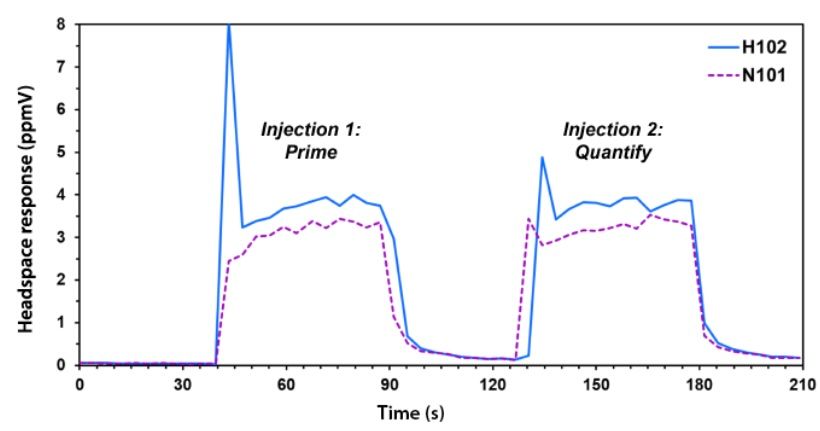
Latest Videos

More News

Webinar Date/Time: Tue, Nov 18, 2025 11:00 AM EST
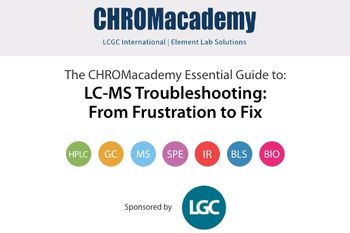
Webinar Date/Time: Thursday, November 20, 2025 8am PDT | 11am EDT | 4pm GMT | 5pm CET Thusrsday December 4th 2025: The State of The Art in Pharmaceutical Analysis: A Virtual Symposium Time: 9:15 am EDT/2:15 pm GMT/3:15 pm CET

This week, LCGC International published a variety of articles on hot topics in separation science. From an interview about the latest advancements in supercritical fluid chromatography (SFC), a news article about a new product from Thermo Fisher, and an article about bioanalytical liquid chromatography–mass spectrometry (LC–MS), we’ve highlighted some of the most popular articles that were published this week.

Webinar Date/Time: Thu, Oct 23, 2025 10:00 AM EDT
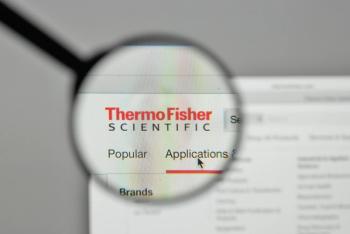
Thermo Fisher’s Chromeleon 7.4 centralizes chromatography and mass spectrometry workflows with networked access and data management.

Top-down proteomics offers a new window into the true complexity of protein species and promises to complement, rather than replace, traditional bottom-up methods. Here, we explore these developments and what the future might hold.

This article reviews SIFT-MS odor analysis in food-flavor, packaging, and environmental applications, suggesting potential utilization as an objective screening tool.

The concept of dark omics refers to the significant proportion of uncharacterized molecular features within complex biological samples that are often present yet remain inaccessible or unidentified by conventional analytical techniques. This article explores how ion mobility spectrometry integrated with mass spectrometry (IM‑MS) provides critical solutions to longstanding challenges in accessing these dark regions across metabolomics, proteomics, lipidomics, and emerging areas, such as exposomics.

Webinar Date/Time: Wed, Oct 22, 2025 11:00 AM EDT

As part of “From Sample to Verdict,” LCGC International sat down with Ed Sisco and Sarah Shuda, Research Chemists at NIST, to discuss the work that their groups are conducting that are helping to advance forensic analysis.
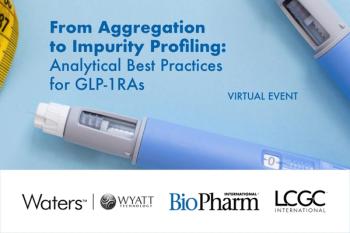
Webinar Date/Time: Tue, Sep 16, 2025 11:00 AM EDT

A panel of experts discusses the evolving analytical strategies and technical challenges of detecting per- and polyfluoroalkyl substances (PFAS), highlighting advances in mass spectrometry (MS), sample preparation, and untargeted analysis across environmental and food safety contexts.

This study reports a validated rapid, low-volume LC–MS/MS method capable of simultaneously quantifying remifentanil, etomidate, and rocuronium across a wide concentration range.

In this article, you’ll find some of the top content that was published on LCGC this week, including calls for new chromatography technologies and interviews with rising stars in the field.

To create a new approach for monitoring and quantifying free fatty acids (FFAs), Chinese researchers combined stable isotope derivatization coupled with liquid chromatography–triple quadrupole mass spectrometry (ID-LC-QQQ-MS).

Researchers from Comenius University Bratislava used LC–MS/MS to analyze albendazole substances in plasma samples.

To better detect cardiovascular diseases in people, researchers used high-performance liquid chromatography–tandem mass spectrometry (HPLC–MS/MS) to simultaneously quantify metabolites in human plasma.

A recent study created a new technique for quantifying propylene glycol, a notable substance found in electronic cigarettes, using gas chromatography–mass spectrometry (GC–MS).

In this article, you’ll find some of the top content that was published on LCGC this week, including our upcoming forensic science content series and an interview on preanalytical factors for ethanol testing.

Researchers at the Institute of Marine Research in Bergen, Norway used liquid chromatography–mass spectrometry to analyze resolvins in fish and human cells.

Antiretroviral drug residues were monitored in breastmilk samples using ultrahigh-performance liquid chromatography–tandem mass spectrometry (UHPLC–MS/MS).
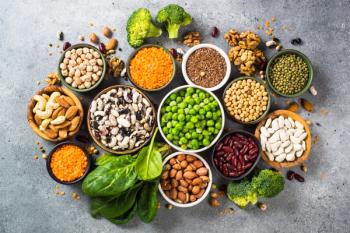
Bioactive compounds extracted from plants are revered for their abilities to enhance human health. However, due to the complex matrices of plant foods, the qualitative and quantitative analysis of metabolites in plant foods requires a prior separation step.
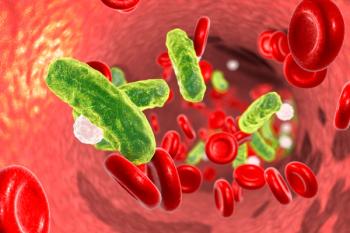
University of Barcelona researchers created a new method for detecting sepsis in patients, based on capillary electrophoresis-mass spectrometry (CE-MS).

During ASMS 2025, LCGC International covered the most notable news from corporate and individual attendees, highlighting the latest advancements in mass spectrometry.

Continued helium use in gas chromatography–mass spectrometry/flame ionization detection has proven problematic. To combat this, alternative efforts are being tested.

